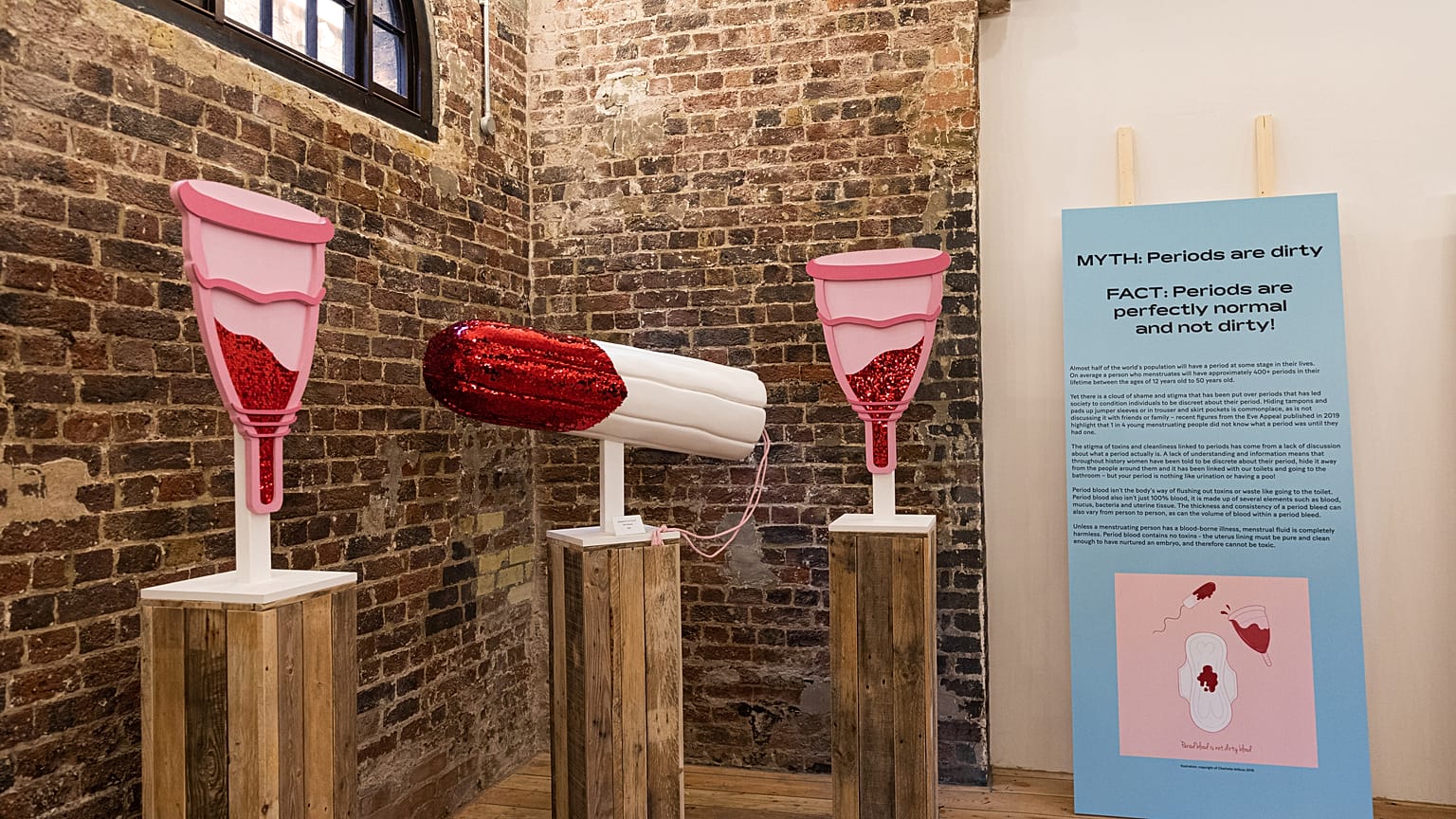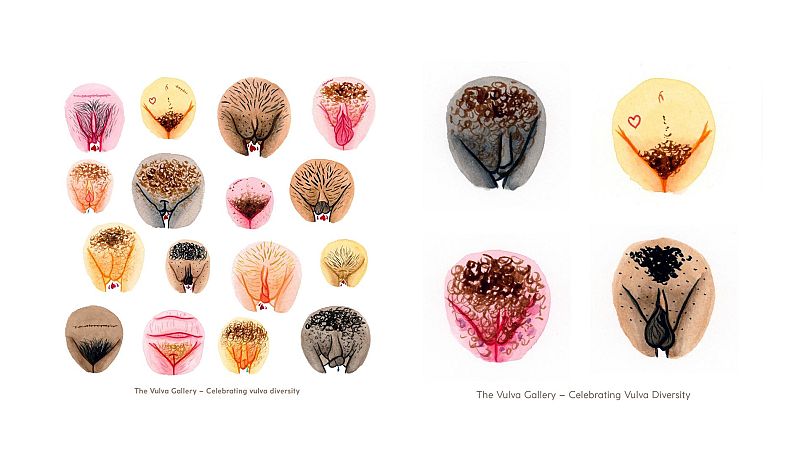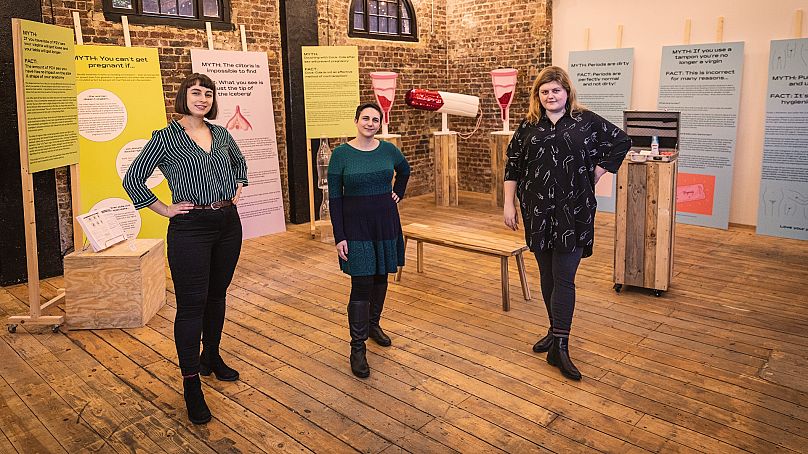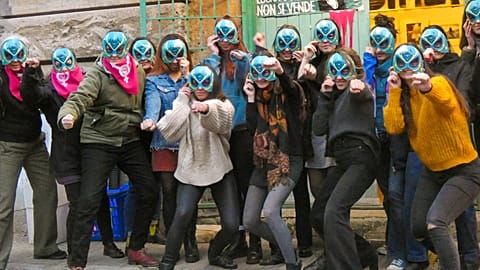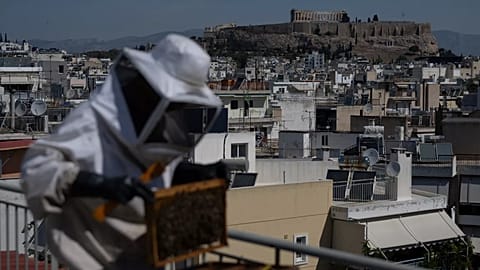Do you really know what’s ‘normal’ when it comes to your own body?
March 8th is International Women’s Day. Since 1975 it has been a day officially dedicated to the celebration of women’s achievements and highlighting gender inequality worldwide.
Whilst things have definitely moved on since that first International Women's Day, even in these seemingly enlightened times we still harbour a lot of shame surrounding our bodies. It’s no wonder when they are so often politicised and objectified by a slew of different media. So bad is our embarrassment that we frequently don’t even try to familiarise ourselves with the important bits of our anatomy. A 2016 study by The Eve Appeal found that 60 percent of women couldn’t identify a vulva on a diagram with a majority of those surveyed saying that they felt uncomfortable using appropriate medical terms like vulva or vagina.
It’s more than just feeling confident as well, not knowing what is going on with our reproductive health can have serious consequences. A lack of knowledge about basic anatomy allows unhelpful myths to easily spread; myths that can prevent us from getting checked for gynaecological cancers. Shame stops young women in particular from getting regular cervical screening for fear that what they have in their pants is somehow not normal.
This International Women’s Day is the perfect time to take a step outside of your comfort zone and get a bit more familiar with your own body. In a rebellion against mainstream media’s neat, hairless bodies these projects are using art to promote diversity and convince you that you are just one unique part of a whole world of diversity.
The Vulva Gallery
Hilde Atalanta, a Dutch illustrator and the creator of The Vulva Gallery, started the educational programme to celebrate a part of our bodies that can be as unique as our fingerprints. The artist began the project on Instagram to make it as accessible as possible hoping that their illustrations of vulvas might inspire people to start more open conversations about their sexual health. “I noticed that there aren’t many people who speak openly about genital diversity,” they explain. “I realised that visibility of diversity might actually be helpful to more people showing a wide range of representations of vulvas, thereby opening up conversation and showing that diversity is good and important.”
These individual portraits are intended as an alternative to mainstream portrayals of genitalia that are often limited and can leave us feeling like something is wrong with the way we look. “Art provides an accessible way to open up conversations about important topics. The illustrations in The Vulva Gallery are suitable for individuals of all ages and they are easily translatable to one's own body – they provide an easy way to show diversity and open up conversations about topics we're not used to talking about.”
Last week a 17-year-old girl messaged me that she went to her gynaecologist for a checkup and was really insecure, and got the advice to 'fix her labia' as it was such an 'easy procedure',” says Atalanta. They explain that advocating for natural diversity is the key to letting us all know that our anatomy is not something to be ashamed of, “every individual with a vulva has their own story, their own history, and their own personal relationship with their vulva.”
The project accepts submissions from anyone with a vulva, collecting together images along with stories about stigma and empowerment. It has proved so popular that there is currently a 6-month waiting list to be painted. The personal accounts of heartbreaking shame, transformational discovery and journeys of love attached to the paintings will likely leave you blinking back tears. “There’s a lot of power in recognising yourself in someone else’s story, and thinking: ‘Hey, that’s me, that’s how I feel too!’. Many of us aren’t used to speaking about our vulvas, but it can be very helpful to know that other people have the same kinds of experiences or insecurities.”
Pot Yer Tits Away Luv
Artist Emma Low created her first tit pot in 2016 as a gift. Ceramic boobs were particularly in vogue at the time but finding one that she felt represented her own body was impossible. Now she creates an inclusive selection of pots depicting all kinds of breasts and has even branched out to include other anatomy based pieces of art.
The artist hopes to champion body neutrality, a midway point between self-hate and the pressure of all-out adoration. You can order your own custom pot based on photos and drawings which Low will then craft completely by hand. Loving yourself can be hard, but being immortalised in clay alongside a diverse selection of other bodies is one step towards accepting that there is no ‘normal’.
The Vagina Museum
If there can be an entire museum dedicated to penises, why shouldn’t there be one for vaginas too? The Vagina Museum in Camden Market, north London, was set up with the goal of spreading educational information about a subject we don’t often talk about. The creators say that without education, misinformation spreads about issues like appearance, cleanliness, periods, sex and contraception. “Doing pop-ups for the past few years has shown me that people are desperate to engage with the issue,” explains founder and director, Florence Shechter, “this is something they care about but can struggle to find safe and inclusive places to have these conversations.”
The opening exhibition, gloriously titled “Muff Busters”, breaks through taboos to tell some honest truths about reproductive health and shed centuries of shame about the realities of our biology. “The most recent statistics around gynaecological education highlight a real lack of understanding about the anatomy,” says museum curator, Sarah Creed, “it was important to tackle some of the big gynaecological myths from the outset.”















